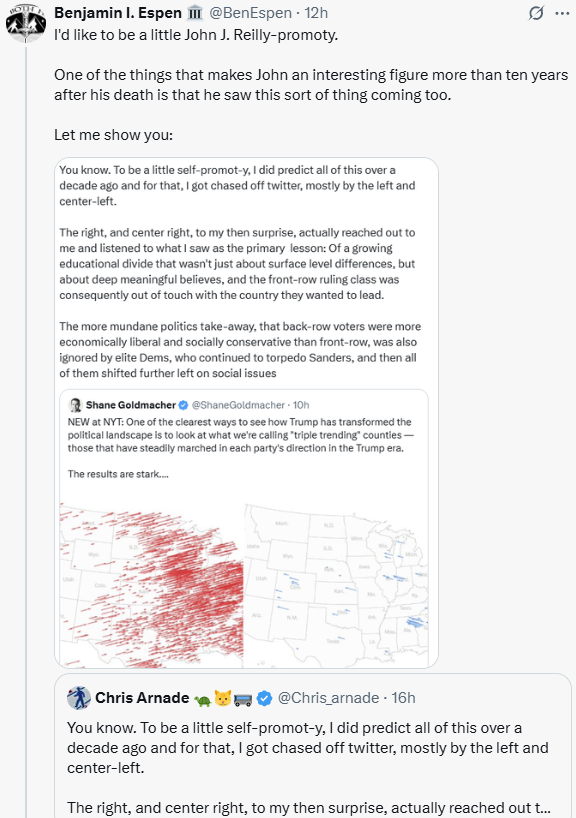Lean Manufacturing
As I mentioned yesterday, lean manufacturing didn't really take off in the US until the 1980s, despite being developed here first. I wonder whether this may be due to the baleful influence of Frederick Winslow Taylor. Taylor is an influential figure in US managament theory, but while he called his approach scientific management, there wasn't any real science to it.
Management theory came to life in 1899 with a simple question: “How many tons of pig iron bars can a worker load onto a rail car in the course of a working day?” The man behind this question was Frederick Winslow Taylor, the author of The Principles of Scientific Management and, by most accounts, the founding father of the whole management business.
Taylor was forty-three years old and on contract with the Bethlehem Steel Company when the pig iron question hit him. Staring out over an industrial yard that covered several square miles of the Pennsylvania landscape, he watched as laborers loaded ninety-two-pound bars onto rail cars. There were 80,000 tons’ worth of iron bars, which were to be carted off as fast as possible to meet new demand sparked by the Spanish-American War. Taylor narrowed his eyes: there was waste there, he was certain. After hastily reviewing the books at company headquarters, he estimated that the men were currently loading iron at the rate of twelve and a half tons per man per day.
Taylor stormed down to the yard with his assistants (“college men,” he called them) and rounded up a group of top-notch lifters (“first-class men”), who in this case happened to be ten “large, powerful Hungarians.” He offered to double the workers’ wages in exchange for their participation in an experiment. The Hungarians, eager to impress their apparent benefactor, put on a spirited show. Huffing up and down the rail car ramps, they loaded sixteen and a half tons in something under fourteen minutes. Taylor did the math: over a ten-hour day, it worked out to seventy-five tons per day per man. Naturally, he had to allow time for bathroom breaks, lunch, and rest periods, so he adjusted the figure approximately 40 percent downward. Henceforth, each laborer in the yard was assigned to load forty-seven and a half pig tons per day, with bonus pay for reaching the target and penalties for failing.
...
Yet even as Taylor’s idea of management began to catch on, a number of flaws in his approach were evident. The first thing many observers noted about scientific management was that there was almost no science to it. The most significant variable in Taylor’s pig iron calculation was the 40 percent “adjustment” he made in extrapolating from a fourteen-minute sample to a full workday. Why time a bunch of Hungarians down to the second if you’re going to daub the results with such a great blob of fudge? When he was grilled before Congress on the matter, Taylor casually mentioned that in other experiments these “adjustments” ranged from 20 percent to 225 percent. He defended these unsightly “wags” (wild-ass guesses, in M.B.A.-speak) as the product of his “judgment” and “experience”—but, of course, the whole point of scientific management was to eliminate the reliance on such inscrutable variables.
One of the distinguishing features of anything that aspires to the name of science is the reproducibility of experimental results. Yet Taylor never published the data on which his pig iron or other conclusions were based. When Carl Barth, one of his devotees, took over the work at Bethlehem Steel, he found Taylor’s data to be unusable. Another, even more fundamental feature of science—here I invoke the ghost of Karl Popper—is that it must produce falsifiable propositions. Insofar as Taylor limited his concern to prosaic activities such as lifting bars onto rail cars, he did produce propositions that were falsifiable—and, indeed, were often falsified. But whenever he raised his sights to management in general, he seemed capable only of soaring platitudes. At the end of the day his “method” amounted to a set of exhortations: Think harder! Work smarter! Buy a stopwatch!
The men who started lean manufacturing were engineers and statisticians, such as Henry Ford, Walter A. Shewhart [another success from Bell Labs!], and W. Edwards Deming. Unlike Taylor, they actually had a background in science and knew the value of experiments and good data. Taylor knew enough to talk about data, but he didn't really follow through, and inaugurated the Dilbert-esque practices of vacuous exhortation backed by spurious data that we all know and love.



Comments ()